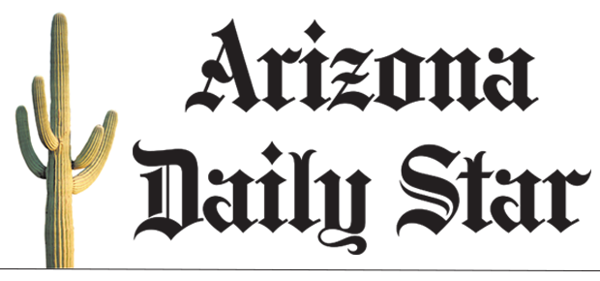The past eight months have witnessed a notable shift in the national economic landscape and policy implementation, leading to a palpable sense of renewed optimism among many observers. This period has been characterized by significant changes in both domestic and international arenas, aimed at fostering a more robust and self-reliant national economy.
Domestically, the financial markets have demonstrated considerable strength, with stock indices reaching all-time highs, signaling a period of significant investor confidence. Concurrently, efforts to manage inflation appear to have yielded positive results, with the rate consistently remaining below the three percent threshold, indicating a stable and controlled economic environment.
Further contributing to this economic resurgence, real wages have experienced an upward trend, providing consumers with increased purchasing power. The labor market has also shown robust health, maintaining a remarkably low unemployment rate, which reflects a vibrant job sector and widespread opportunities across various industries.
In terms of domestic policy, a tightened approach to border security has been enacted. Proponents argue that this policy, alongside other internal measures, has contributed to a more stable environment conducive to economic growth, by prioritizing national resources and infrastructure.
On the international stage, a recalibration of geopolitical strategy has been observed, particularly concerning alliances such as NATO. Through persistent advocacy, there has been a significant increase in military spending among member nations, with contributions now approaching five percent of their Gross Domestic Product, reinforcing collective security measures and burden-sharing.
Furthermore, the realm of international trade has seen a bold approach to renegotiating agreements. Despite initial apprehensions, significant progress has been made, including a landmark agreement with the European Union to implement a 15% tariff on specific products destined for the United States, aiming to rebalance trade relationships between the world’s two largest economies.
Contrary to dire predictions by some analysts who foresaw a detrimental impact on the national economy from these trade tariffs, the opposite effect has been widely reported. Billions of dollars are now reportedly flowing into national coffers, substantially aiding in the reduction of the national debt and potentially paving the way for future fiscal initiatives.
Amidst these developments, a distinct narrative has emerged within a segment of the media, often critical of the current administration’s achievements. This media discourse frequently emphasizes perceived negative aspects, sometimes overlooking or downplaying economic successes and shifts in international relations, fostering a divided public perception.
Despite this polarized media portrayal, the prevailing sentiment among a majority of Americans points towards a belief that the nation is moving in a positive direction, particularly concerning economic vitality and strategic international positioning. The ongoing debate highlights the complex interplay between policy outcomes and public perception.






Leave a Reply